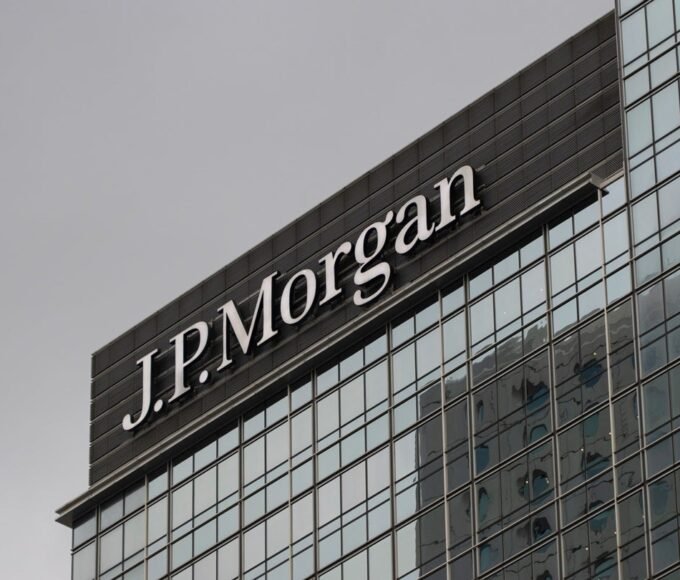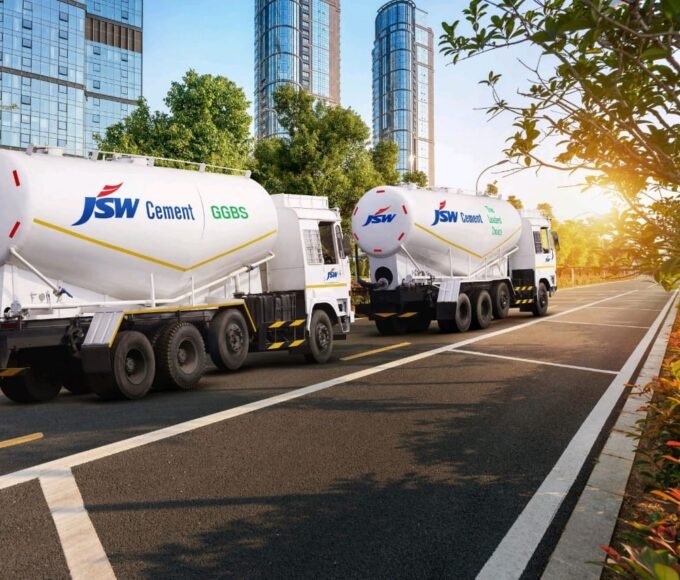Recent Posts
Father-Son Duo Develops Sustainable Cement Alternative with Superior Strength

A retired professor and his son have created an innovative answer to cement, in a major advancement for sustainable building. Their invention, ‘Alkali-Activated Concrete,’ not only lowers carbon emissions barrel but also provides greater strength and durability, especially in marine environments.
Cement production accounts for an estimated 7–8% of international carbon emissions, which means that sustainable substitutes are critical. This innovation was pursued during PhD research by Thomas John V, who had served as the head of the civil engineering department at Maharaja’s Institute of Polytechnic, Thrissur. With his son, John Thomas, at his side, he proved a practical, scalable geopolymer product.
The Alkali-Activated Concrete is prepared from industrial byproducts fly ash from thermal power plants and Ground Granulated Blast Furnace Slag (GGBS) from iron and steel production. Leaving behind conventional cement-based concrete with a strength level of 15 – 30 MPa, their geopolymer can achieve up to 25 – 75 MPa, potentially being used for large-scale infrastructure projects.
“What is unique about the product is the strength in marine environments,” Thomas said. This characteristic also makes it a good substitute for tetrapods and groynes used for coastal protection. Moreover, the qualitative material is economical, provides a strong bond with existing concrete, and more competent repair material.
His son, John Thomas, who was a part of his father’s research via the Young Innovator’s Programme of K-Disc has been instrumental in testing and refining the product. The pair have even converted their family home into an improvised research laboratory, where they’ve built a temporary production shaft to test and use their invention in the field.
This is an example of sustainable solutions that can be both practical but also high-performing. As Alkali-Activated Concrete becomes more widely used, it has the potential to play a major role in the reduction of carbon emissions associated with concrete emissions and provide a durable and cost-effective alternative to cement.
- Alkali-Activated Concrete
- Buildwatchnews
- carbon emissions reduction
- cement alternative
- cement replacement
- cement-free concrete
- civil engineering innovation
- construction innovation
- durable concrete
- eco-friendly concrete
- eco-friendly construction
- fly ash concrete
- geopolymer concrete
- GGBS concrete
- green infrastructure
- groyne construction
- high-strength concrete
- John Thomas
- K-Disc
- low-carbon cement
- marine construction
- sustainable building materials
- sustainable cement
- tetrapod alternative
- Thomas John V
- Young Innovator’s Programme
Recent Posts
Categories
- Acquisition1
- Airport16
- AP103
- Apartments126
- Bengaluru217
- Budget 202521
- Cement165
- Chennai438
- Construction909
- Construction Material Price Updates1
- Corporation4
- CREDAI61
- Editors Pick42
- Equipment45
- Events11
- Export24
- GST17
- Highways118
- Hotel16
- Housing207
- Hyderabad94
- import26
- India122
- Industrial387
- Infrastructure616
- Interiors28
- Iron Ore59
- Karnataka92
- Kerala56
- Labour1
- Land150
- Logistics40
- Market Updates404
- Metal100
- Metro109
- Mining77
- MSME21
- News1,877
- NHAI96
- Office Space2
- Paints39
- Port1
- Power Shutdown1
- Properties112
- Puducherry12
- Railways8
- Real Estate762
- Road222
- Sand38
- Short News117
- SIPCOT14
- Steel Daily429
- Stocks37
- Tamil Nadu458
- Technology81
- Telangana96
- TIDCO9
- Trade52
- Trending News1,111
- Video2
- warehouse42
Related Articles
Modulus Housing Secures ₹70 Crore Funding to Accelerate Market Expansion and Technology Innovation
IIT Madras-incubated Modulus Housing has secured about ₹70 crore in Series A...
BySamrita JosephDecember 6, 2025JPMorgan Expands Its India GCC Presence with Major Office Lease in Hyderabad
JPMorgan Chase has strengthened its India footprint by leasing 1.76 lakh sq...
BySamrita JosephDecember 6, 2025RBI Rate Cut Brings Timely Relief and Boosts Confidence Across India’s Housing Market
The RBI’s rate cut has lifted market sentiment and improved affordability for...
BySamrita JosephDecember 6, 2025JSW Cement Unveils ₹11000 Crore Expansion Plan to Boost Production Capacity to 41 Million Tonnes
JSW Cement has announced a major ₹11000 crore expansion plan to increase...
BySamrita JosephDecember 6, 2025















Leave a comment